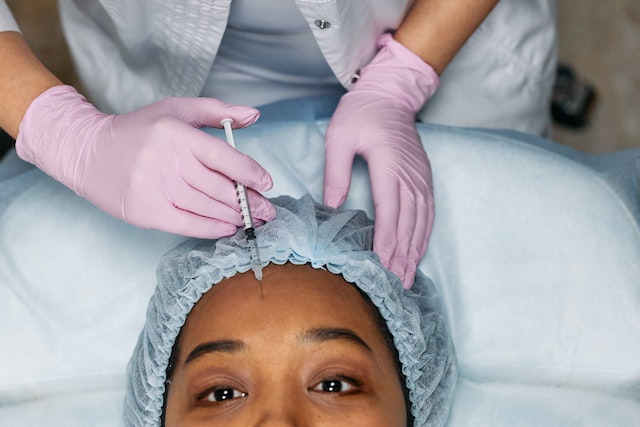Introduction:
Buccal fat removal is a surgical procedure that aims to enhance facial contouring by reducing the size of the buccal fat pads. While this procedure is generally safe and effective, like any surgical intervention, it carries certain risks and potential complications. It is important to be aware of these risks before deciding to undergo buccal fat removal. This article will outline the potential risks and complications associated with the procedure, providing you with the necessary information to make an informed decision.
1. Infection:
Infection is a potential risk following any surgical procedure, including buccal fat removal. To minimize the risk of infection, your surgeon will provide you with pre-operative and post-operative instructions on proper wound care and hygiene. It is crucial to follow these instructions diligently to reduce the chances of infection.
2. Bleeding:
During and after buccal fat removal surgery, some bleeding may occur. Your surgeon will take measures to minimize bleeding during the procedure and provide instructions on how to manage bleeding after the surgery. It is important to notify your surgeon if you experience excessive or prolonged bleeding.
3. Hematoma:
A hematoma is a collection of blood that can accumulate under the skin. It may occur after buccal fat removal surgery and can cause swelling, discomfort, and bruising. Your surgeon will monitor for the development of hematomas and provide appropriate treatment if necessary.
4. Nerve Damage:
The nerves in the cheeks are in close proximity to the buccal fat pads. While rare, there is a risk of nerve damage during buccal fat removal surgery. Nerve damage may result in temporary or permanent numbness, altered sensation, or muscle weakness in the affected area. Choosing an experienced and skilled surgeon can minimize the risk of nerve damage.
5. Asymmetry:
Achieving perfect symmetry is challenging in any cosmetic procedure, including buccal fat removal. While your surgeon will strive for balanced results, there is a possibility of slight asymmetry between the two sides of the face. In most cases, any asymmetry is subtle and not easily noticeable.
6. Scarring:
Buccal fat removal is typically performed using small incisions inside the mouth, which means there is no visible scarring on the skin. However, there is a risk of internal scarring. In some cases, internal scarring may result in a tightening or hardening of the tissues. This can be addressed through proper post-operative care and follow-up with your surgeon.
7. Dissatisfaction with Results:
While buccal fat removal can help achieve a more contoured facial appearance, there is a possibility that you may not be fully satisfied with the results. It is important to have realistic expectations and communicate your goals and concerns with your surgeon during the consultation process. Understanding the limitations of the procedure can help manage expectations and minimize potential disappointment.
Conclusion:
Buccal fat removal is a cosmetic procedure that can provide facial contouring benefits. However, it is essential to be aware of the potential risks and complications associated with the surgery. By choosing a qualified and experienced surgeon, following pre-operative and post-operative instructions, and maintaining open communication, you can minimize the risks and increase the likelihood of a successful outcome. Prioritize thorough consultation and discuss any concerns or questions you may have with your surgeon to make an informed decision.











